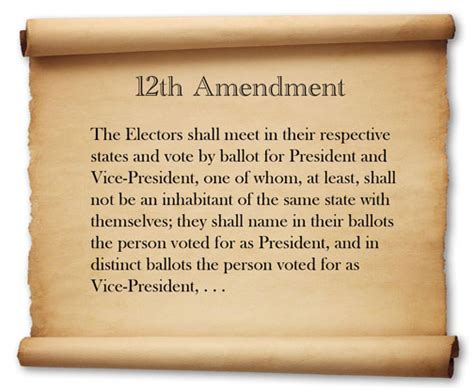
More on how National Popular Vote would import third world “elections” to America
By: Rob Natelson
On May 21, the Nevada Senate approved the National Popular Vote (NPV) interstate compact. Approval was strictly party-line, with all Democrats in favor and all Republicans against. Colorado’s Democratic legislature approved NPV earlier this year.
Since 1864, every state has recognized the right of its people to choose their presidential electors. NPV would change that. Irrespective of how the people of an NPV state voted, its electors would be chosen by the “national popular vote winner.” And to qualify as the “national popular vote winner,” a presidential candidate would need only a plurality — not a majority — of ballots cast nationwide. There would be no run-off elections.
The compact would come into effect once states controlling a majority of the Electoral College sign on.
Critics observe that NPV could enable comparatively few states or urban areas to elect the president. They further observe that NPV encourages states to inflate their popular vote totals. Less noticed is that NPV would disable the Constitution’s provisions for run-off elections in Congress. And NPV suffers from grave constitutional defects.
Perhaps the most devastating critique of NPV’s pure-plurality plan, however, is the experience of countries that choose their chief executives that way. Presidential plurality election prevail in Honduras, Mexico, Panama, Paraguay, the Philippines, Venezuela, and Nicaragua (if the winner receives at least 35 percent). A modified form exists in Taiwan with protections that are not part of the NPV scheme.
Elections in those nations are fractured, multi-party affairs in which the proclaimed “winner” often is a candidate the overwhelming majority of voters have rejected.
For example: The winner of the May 5, 2019 presidential election in Panama received only 33 percent of ballots cast. Thus, two thirds of Panamanians voted against him but got him anyway. In the last Venezuelan election before the emergence of strongman Hugo Chavez, the winner was “elected” with less than 31 percent of the vote.
In the 2016 Filipino election, 61 percent voted against Rodrigo Duterte, but he became president. In the four previous contests, the winner never obtained more than 42 percent. In 1992, Fidel Ramos became president with under 24 percent.
In 2006, a 38 percent plurality elected hard-core socialist Daniel Ortega president of Nicaragua. Ortega has made sure Nicaragua has not had an honest election since.
In all of Paraguay’s last four elections, most voters had rejected the candidate awarded the presidency.
In three of the last four elections in Honduras, the successful candidate received 43 percent or less. In 2013 the winner garnered less than 37 percent.
In all of Paraguay’s last four elections, NPV has awarded the presidency to candidates the majority rejected. Despite Taiwan’s rules limiting the number of candidates, in 2000 Chen Shui-bian captured the office with only 39 percent.
In three of the last four Mexican elections, the victor won without a majority. In 2006, 36 percent elected the president. In 2012, 38 percent did. Donald Trump’s 46 percent looks like a landslide by comparison.
NPV advocates claim to be implementing “democracy.” Yet their scheme would foist on us presidents the overwhelming majority of voters oppose.
Of course, the Constitution’s electoral system was not designed to be purely democratic. The framers considered many other factors as well. In practice, however, it has proven far more democratic than NPV.
Under our system the popular vote winner is elected president about 93 percent of the time. In most contests the winner garners not a mere plurality, but an absolute popular majority. Since the Civil War, no winner has received less than 41 percent. (The worst performing “winners” were two liberal icons: Woodrow Wilson with 41.8 percent in 1912 and Bill Clinton in 1992 with 43 percent.) In those rare cases when the popular vote loser wins the presidency, his vote total is always very close to that of the popular vote winner.
NPV advocates point out that most states elect their governors by pluralities. Yes — and those elections often display regional divisions that would be disastrous on a national level. Examples include the divide between upstate and downstate in New York and Illinois and between East and West in Oregon and Washington. Moreover, the number of candidates is usually limited because state political parties are held together by the need to compete nationally. Once that need disappears, state elections would become as fractured as national races.
Unfortunately, the Nevada and Colorado legislatures voted to import a failed third-world election system into the United States.